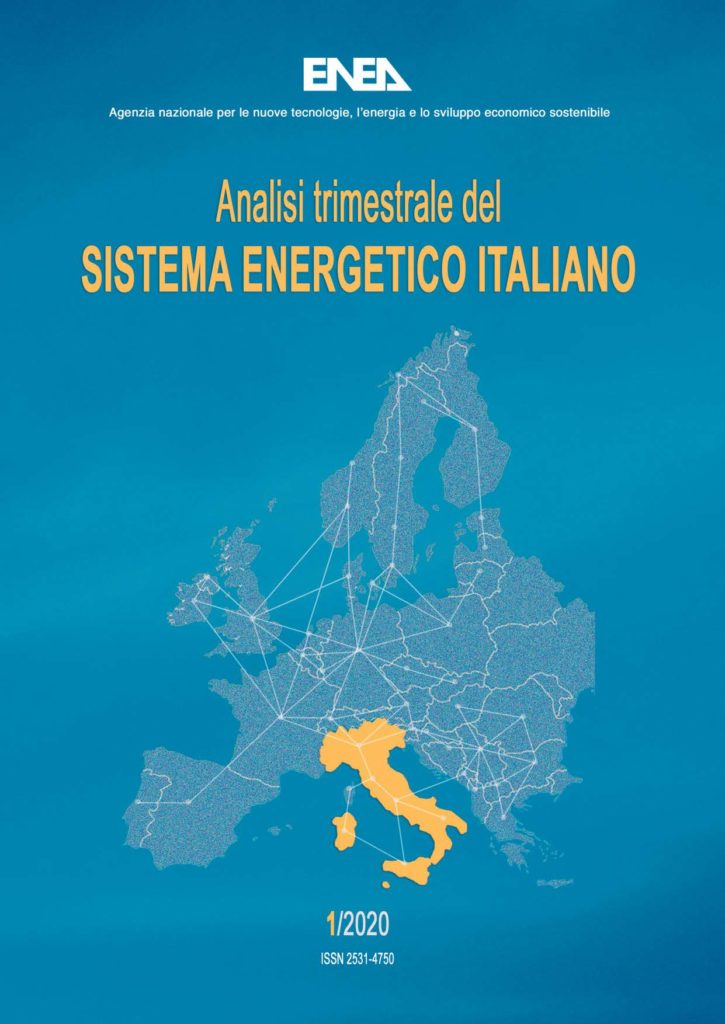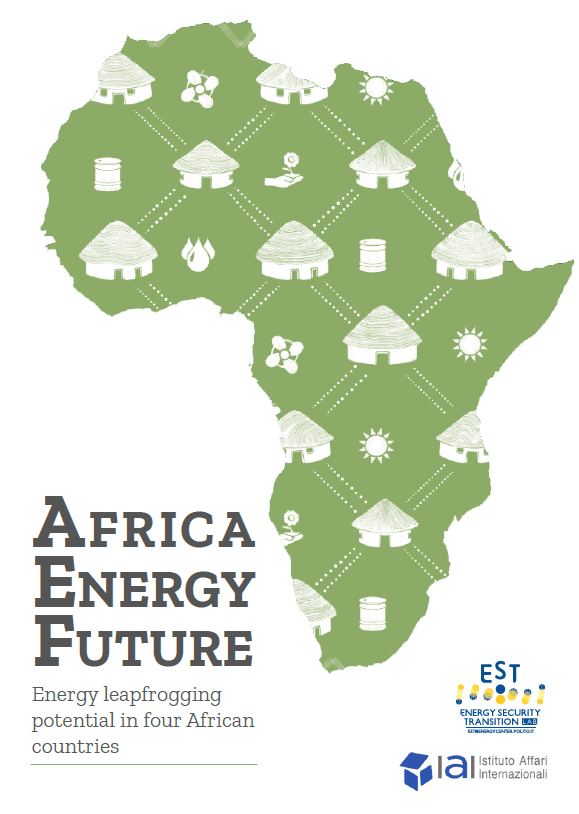Africa’s Energy Future
Sub-Saharan Africa is home to 75% of the world population without energy access; yet, many countries in the continent have been witnessing an extraordinary growth in access to power, largely thanks to renewables, which still hold a largely untapped potential across Africa The continent’s energy future could lay in its leapfrogging potential: the possibility of leaping from a situation of low to no energy access, to a universally accessible and fully sustainable energy mix.
The joint research conducted by the Energy Security Transition (EST) Lab @energycenter – Politecnico di Torino and Istituto Affari Internazionali (IAI) on energy leapfrogging in Sub Saharan Africa has been published.
Africa’s Energy Future – Energy leapfrogging potential in four African countries
ENEA Quarterly Report 2020

In this section, the ENEA Quarterly Report 2020 on the Italian energy system.
The analysis aims to elaborate the data related to the energy sector, providing an overall picture of the system’s evolution starting from a transparent methodology and examining the factors that characterize it to assess the trends related to the three dimensions of energy policy: decarbonisation, energy security and cost – collectively defined as “energy trilemma”.
The first edition, 1/2020, is enriched by the analysis of the Covid-19 effects on the Italian energy system developed by the Energy Security Transition Lab @ Energy Center.
QuaterlyReportOnItalianEnergySystem n. 1/2020
QuaterlyReportOnItalianEnergySystem n. 2/2020
QuaterlyReportOnItalianEnergySystem n. 3/2020
QuaterlyReportOnItalianEnergySystem n. 1/2021
ELECTRIFY ITALY

The Energy Center of Politecnico di Torino, in collaboration with Enel Foundation and MIT, has published the results of a study exploring possible electrification pathways in Italy up to 2050, targeted at implementing an energy paradigm based on the generation from renewables, and outlining its related benefits.
The objectives are:
- To build a forward-looking vision of possible scenarios at 2022, 2030 and 2050 by integrating a multi-focus perspective on the penetration of renewables and the electrification potential of the residential, industrial and transport sectors.
- To estimatethe potential benefits of further electrification through the calculation of Key Performance Indicators in four different areas: energy, economy, environment and society.
The study shows how the electricity triangle, a paradigm based on clean generation by renewable sources, electrification of final uses, and electricity exchange through efficient smart grids, closes the loop of clean energy and efficient consumption. This leads to improvements in energy, environment, economy and social performances, and boosts the share of renewables in final consumption.

